Table of Contents
Quality Service Guarantee Or Painting Free

Get a rental agreement with doorstep delivery

Find the BEST deals and get unbelievable DISCOUNTS directly from builders!

5-Star rated painters, premium paints and services at the BEST PRICES!
Loved what you read? Share it with others!
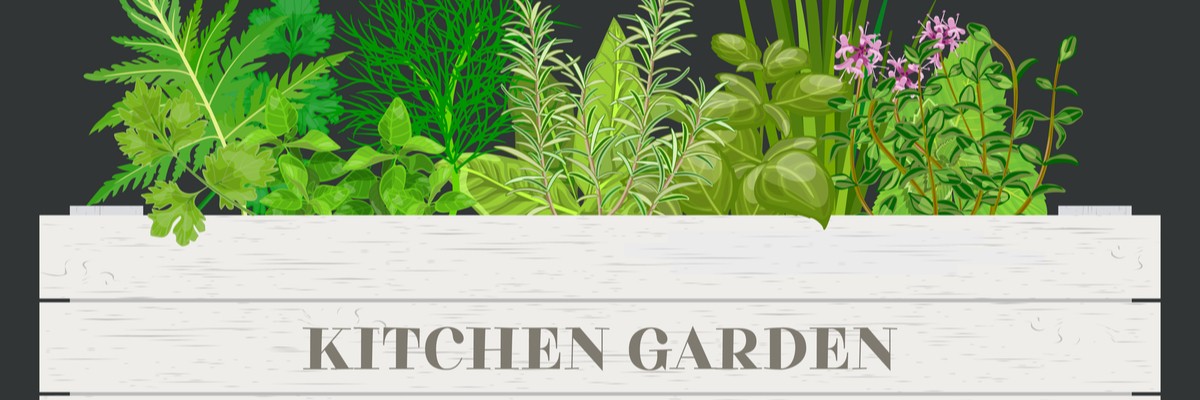

Submit the Form to Unlock the Best Deals Today
Help us assist you better
Check Your Eligibility Instantly

Experience The NoBrokerHood Difference!
Set up a demo for the entire community
Indian Kitchen Garden Plants You Can Grow Right Now
Table of Contents
Don’t you just hate it when you’re in the middle of cooking something and you realize you don’t have the ingredients you need? We’ve all been there. You need to put your cooking on hold and either run down to the store to get what you need or wait for it to be delivered.
But, if you could grow a few essential Indian kitchen garden plants, you can just pluck them and use it in your food. These plants can be used in a variety of Indian dishes and will add plenty of flavour to your food. Adding these diverse plants not only enriches your culinary experiences but also transforms your space into a flourishing kitchen garden. Explore the joy of growing your own herbs, spices, and fruits right in the heart of your home.
Mint or Pudina leaves
Mint is used in a variety of Indian food as the main ingredient and even as a garnish. Now, with summer approaching mint or pudina is used in many beverages for its cooling effect, you even have mint and lemon water. To grow mint you need a sprig with root or seeds would do, moist soil and sunlight. They are easy to grow and are among the best plants for kitchen.
Quality Service Guarantee Or Painting Free

Get a rental agreement with doorstep delivery

Find the BEST deals and get unbelievable DISCOUNTS directly from builders!

5-Star rated painters, premium paints and services at the BEST PRICES!
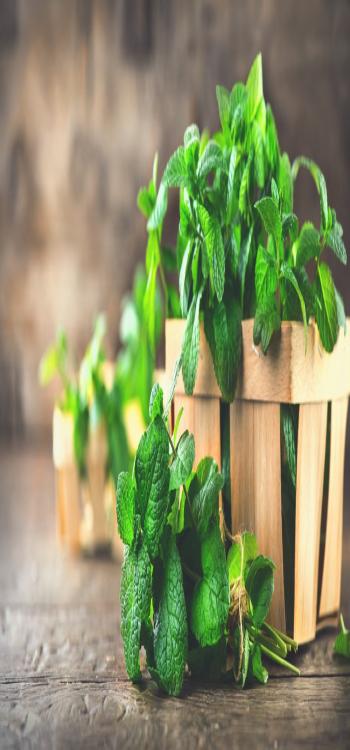
Chilli Plants
India is known for its spicy and delicious food, and this is thanks to the humble chilli. There are over eighteen varieties of chilli that are grown throughout India and they vary in colour, size and intensity. They contain Vitamin A, B, E and C and are known to stimulate the blood and metabolism. To grow chillies you need chilli seeds, plenty of sunlight and moist soil, they take about a week to germinate and require little water.
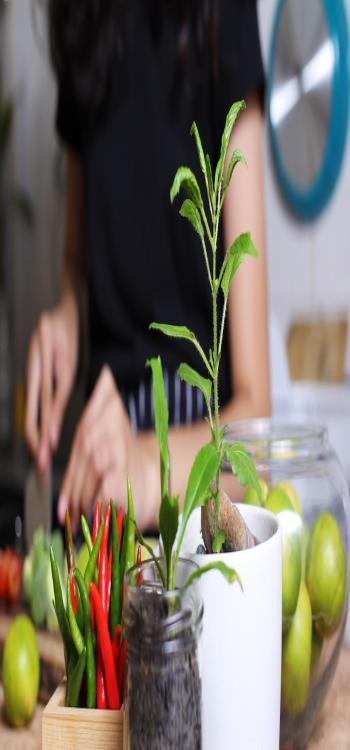
Curry Leaves
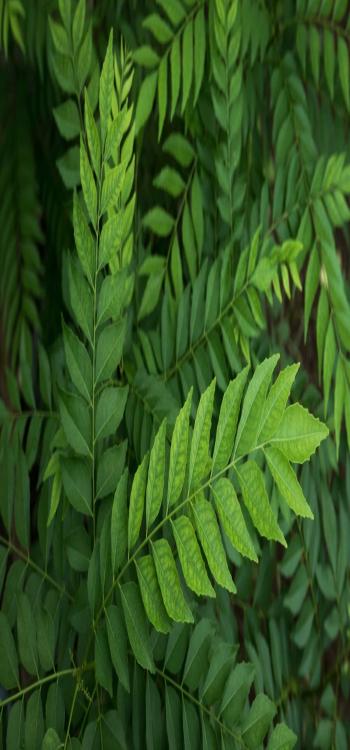
This is a very popular ingredient in any dish that needs seasoning. It is also used for its many medical benefits like weight loss, ability to improve eyesight, ability to reduce stress, increase hair growth and so on. To grow curry leaves, you need a fresh cutting of the plant, or seeds, plenty of sunlight, moist soil and to water it every alternate day. They don’t need to much care and do well in sunlight (not too harsh).
Tomatoes Plants
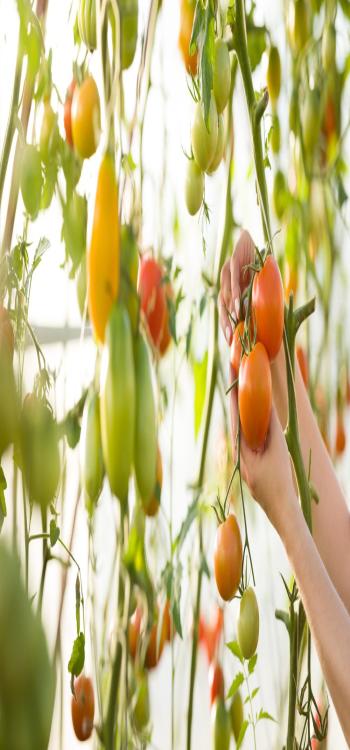
From curries to chutneys and salads, tomatoes are used in almost everything. It’s a go-to ingredient and one that most Indian food can’t do without. They are good for reducing hypertension and is also said to have the antioxidant lycopene, which helps to reduce the risk of heart disease and cancer. These fruits are also a great source of vitamin C, potassium, folate, and vitamin K. To grow them you need some tomato seeds, a pot with well-draining soil, and plenty of sunlight. You can expect your plant to grow and bear fruit in about 30 days.
Mustard Seeds
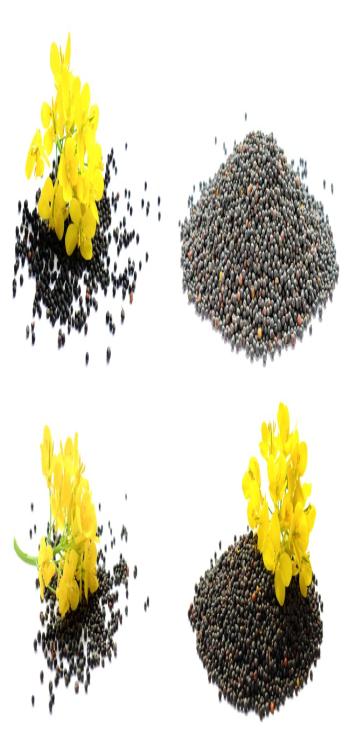
Mustard seeds, much like curry leaves are a staple for most Indian seasonings and when made into a paste is used for sandwiches and more, the oil is also used in food. There are plenty of benefits that mustard has such as –
- Speeding up metabolism
- Stimulating and aiding digestion
- Inhibiting cancer cell growth
- Decreasing symptoms of rheumatoid arthritis
- Lowering blood pressure and much more.
To grow mustard, you need mustard seeds, cool weather, about 2 inches of water in a week and nutrient-rich soil.
Basil Plants
Basil, or Tulsi, is not just revered for its culinary uses but also holds significant cultural and medicinal value in India. Widely used in Italian cuisine, it adds a fragrant and fresh flavor to salads, pasta, and more. Additionally, Tulsi is known for its anti-inflammatory and antioxidant properties. To grow basil, you can start with seeds or cuttings, providing well-draining soil, regular sunlight, and moderate watering.
Coriander Plants
Coriander, or Dhania, is a kitchen essential in Indian cooking. Its fresh leaves and dried seeds are used for flavoring various dishes. Coriander is rich in vitamins and minerals, including dietary fiber, manganese, iron, and magnesium. To cultivate coriander, you can plant coriander’s kitchen garden seeds directly in well-drained soil, ensuring they receive partial sunlight and moderate water.
Spinach Plants
Spinach, or Palak, is a nutritious leafy green used in diverse Indian dishes, from curries to snacks. It is packed with vitamins, minerals, and antioxidants, contributing to overall health. Spinach is a cool-season crop, thriving in well-drained, nutrient-rich soil and requiring regular watering. You can sow spinach seeds directly or use seedlings for a quicker harvest.
Cumin Plants
Cumin seeds, or Jeera, are a fundamental spice in Indian cuisine, adding distinctive flavor to many dishes. Besides its culinary uses, cumin is known for its potential health benefits, including aiding digestion and providing iron. To grow cumin, you need seeds, well-drained soil, and a sunny location. Cumin plants don't require excessive watering but need attention during dry spells.
Aloe Vera Plants
Aloe Vera is not just a skincare remedy; it finds its way into Indian households for its medicinal properties. The gel inside Aloe Vera leaves is used for skin ailments, and it's believed to have various health benefits. Growing Aloe Vera is simple; you can start with a mature plant or propagate from offsets. Ensure well-draining soil, bright but indirect sunlight, and minimal watering.
Onion Plants
Onions are a kitchen staple in Indian cooking, providing flavor to various dishes. They also offer health benefits, including anti-inflammatory and antioxidant properties. Growing onions at home is feasible with onion sets or seeds, well-draining soil, and sufficient sunlight. Onions thrive in loose, fertile soil, and regular watering helps their growth.
Methi (Fenugreek) Plants
Methi is a versatile herb used in Indian cuisine, lending a distinctive flavor to curries, bread, and pickles. It is also known for its medicinal properties, including aiding digestion and controlling blood sugar levels. To cultivate methi, sow seeds directly in well-draining soil, ensuring they receive ample sunlight and moderate watering. A kitchen herb garden is incomplete without the aromatic addition of methi.
Lemon Plants
Lemon, or Nimbu, adds zest to countless Indian dishes and beverages. Rich in vitamin C, lemons are not only a culinary delight but also offer health benefits. Growing lemon plants at home requires seeds or seedlings, well-draining soil, and a sunny location. Regular pruning can help maintain a compact and fruitful lemon tree, making it a perfect choice for a thriving kitchen garden.
Ginger Plants
Ginger, or Adrak, is a kitchen staple with both culinary and medicinal uses. It adds a warm, aromatic flavor to various dishes and is known for its anti-inflammatory properties. To grow ginger, you can use ginger rhizomes, plant them in well-draining soil, and provide partial sunlight. Ginger plants need consistent moisture and can be grown in pots, making them suitable for an indoor kitchen garden.
Turmeric Plants
Turmeric, or Haldi, is renowned for its vibrant color and health benefits. A key ingredient in Indian cooking, turmeric is also known for its anti-inflammatory and antioxidant properties. To cultivate turmeric, you can plant rhizomes in well-draining soil with indirect sunlight. Turmeric requires regular watering, especially during the growing season, making it a valuable addition to your kitchen vegetable garden.
Green Onion Plants
Green onions, or Spring Onions, are a common garnish in Indian dishes, providing a mild onion flavor. They are rich in vitamins and add freshness to salads and curries. Growing green onions is easy; you can use seeds or existing green onion roots. Plant them in well-draining soil with partial sunlight and water consistently for optimal growth. Green onions are a fantastic choice for a kitchen window garden, adding a touch of greenery to your cooking space.
Pomegranate Plants
Pomegranate, or Anar, is a versatile fruit used in salads, chutneys, and juices. Known for its antioxidant properties, pomegranate is a healthy addition to your garden. Growing pomegranate requires seeds or seedlings, well-draining soil, and a sunny location. Pomegranate trees need adequate spacing and moderate watering. Consider planting them in a dedicated kitchen planter to enhance both aesthetics and functionality.
Benefits of Having Plants in your Kitchen
- Focus Sharpening - Being around plants has been shown to increase attention and focus in people. You could even get better at cooking if you add a few more plants to your kitchen.
- Simpler breathing - Adding plants to your kitchen can significantly raise the amount of oxygen there. Particularly orchids and succulents turn carbon dioxide into oxygen and absorb it, making them excellent additions to your kitchen.
- Plants purify the air by removing pollutants including hazardous kitchen chemicals, waste bags, and food odours. By drawing pollutants into the soil and turning them into food, plants clean the air.
- Water release - Plants release 97% of the water that is given to them. You may raise the humidity in your kitchen and prevent respiratory problems by arranging a lot of plants there.
Gardening is known to have a number of benefits including but not limited to adding to the appeal of your surroundings, increasing air quality, and increasing focus. In fact, many people look forward to gardening as a form of therapy. Whether you want to grow plants in your kitchen just for the fun of it or you want to indulge the masterchef in you, there are many easy plants you could start with.If you need a home with more space/sunlight for your plants, the experts at NoBroker can help, visit us and find your dream home in no time just click below for more information.
Looking for more types of easy-to-grow plants? You can read more about them here. If you need a home with more space/sunlight for your plants, the experts at NoBroker can help, visit us and find your dream home in no time just click below for more information.

Frequently Asked Questions
Ans. It's essential to maintain consistent moisture. Generally, water when the topsoil feels dry, but the frequency may vary based on plant types and environmental conditions.
Ans. Absolutely. You can use containers, hanging pots, or vertical gardening techniques to make the most of limited space for a thriving kitchen garden.
Ans. Consider companion planting, use natural predators like ladybugs, neem oil spray, or create DIY solutions like garlic and pepper sprays to deter pests without harmful chemicals.
Ans. While natural sunlight is preferable, you can use artificial grow lights to supplement light requirements for indoor plants. Choose plants that adapt well to low-light conditions, such as mint, parsley, or certain types of lettuce.
Ans. Consider companion planting, use natural predators like ladybugs, neem oil spray, or create DIY solutions like garlic and pepper sprays to deter pests without harmful chemicals.
Loved what you read? Share it with others!
Most Viewed Articles

15 Safety Rules at Home for Kids
May 18, 2020
403236+ views
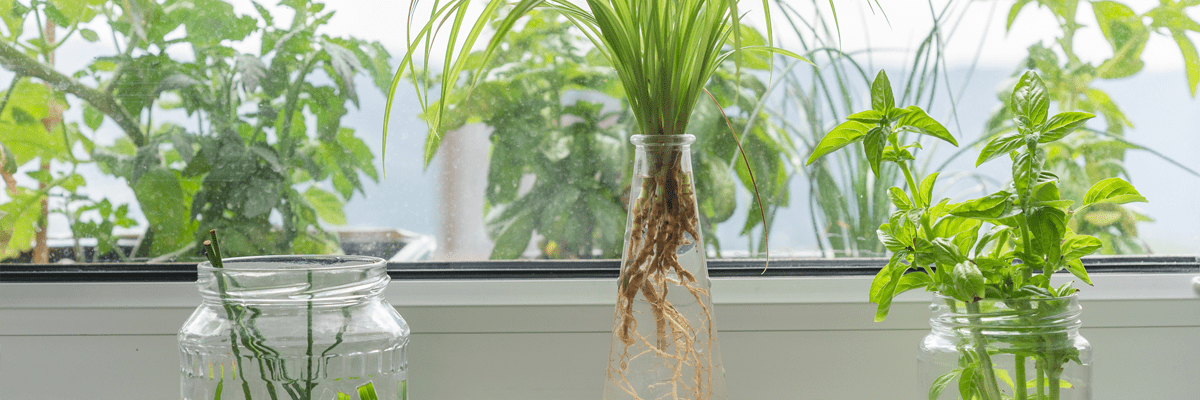
Plants That Need Only Water to Grow and How it is Different from Hydroponics
July 27, 2023
119928+ views
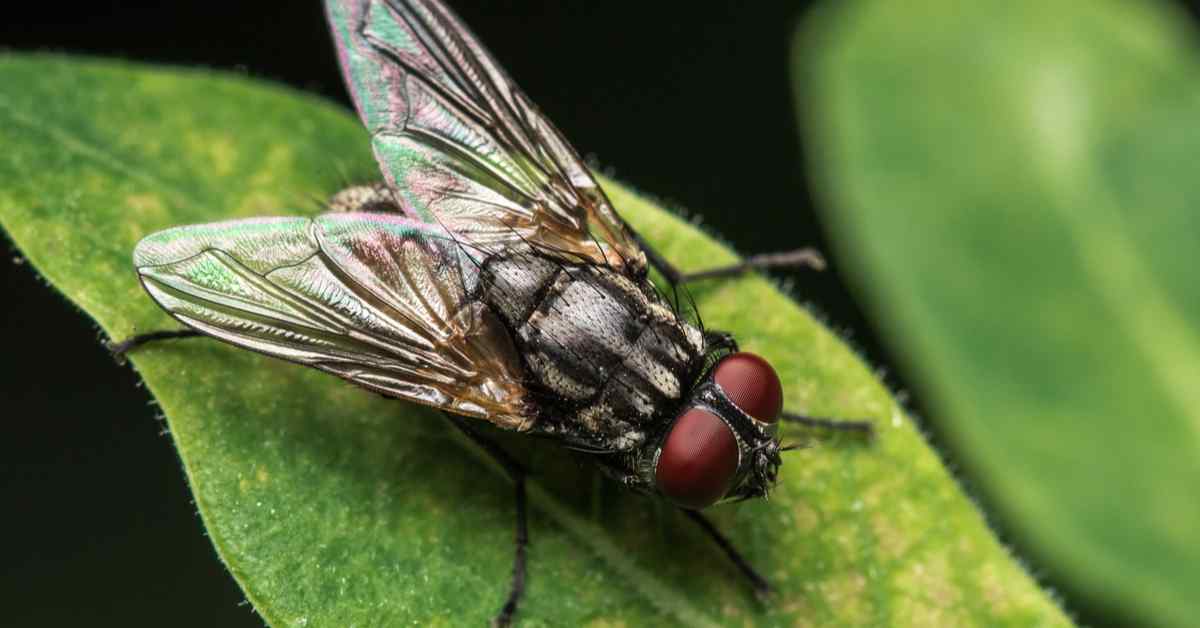
The Ten Most Effective Ways to Get Rid of those Buzzing Houseflies!
December 17, 2024
22541+ views

Kutcha House - Construction, Purpose and Significance!
April 16, 2021
20364+ views

Best Out-of-Waste Ideas to Decorate Your Home
December 19, 2024
17952+ views
Recent blogs in
10 Dangerous Plants You Should Never Keep at Home
December 20, 2024 by Prakhar Sushant
Best Out-of-Waste Ideas to Decorate Your Home
December 19, 2024 by Prakhar Sushant
The Ten Most Effective Ways to Get Rid of those Buzzing Houseflies!
December 17, 2024 by Susan
4 BHK House Plan in 2025: Modern Designs for Spacious Living and Luxurious Lifestyle
December 13, 2024 by Kruthi
Garden Makeover Delights: Transforming Your Outdoor Haven
September 12, 2024 by Priyanka Saha



Join the conversation!